With most of the world population living in urban environments, cities have become the engines of innovation and economic development. But cities also face many of the world’s most pressing challenges, from climate-related natural disasters to human challenges, such as conflicts, economic crises and political instability. In the face of these complex challenges, resilience has become crucial in the urban governance agenda. But how can cities become more resilient? The OECD provides five key ingredients and city examples to enhance and maintain a city’s resilience.

A resilient society is one that is able to absorb and recover from internal and external shock or stress, maintain its essential functions and adapt and thrive in the face of continual change. This complex capacity demands for local authorities to integrate a wide range of aspects to increase cities’ resilience. These are the five key ingredients that the OECD recommends:
- A dynamic urban economy
Creating the economic conditions for growth and innovation, while giving people access to employment, education, skills training and support systems.
____________________________________________________________________
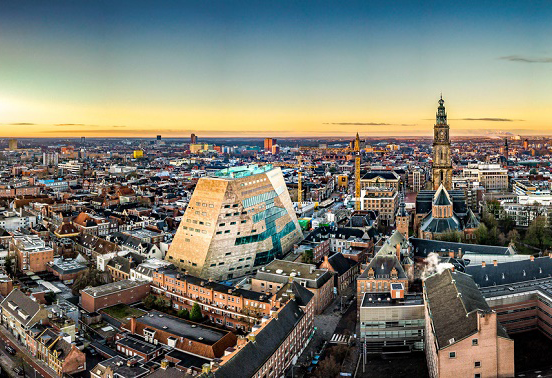 The city of Groningen in the Netherlands was located in a natural gas production area, which had been the country’s major supplier for 60 years. After the Dutch national cabinet decided to phase out natural gas production by 2022, Groningen had to make a radical change to its economy. Since 2018, the city is not only going through an energy transition but has also made circular economy a priority. Nowadays, Groningen is not only an important knowledge hub but also hosts a fast-growing start-up scene and a vibrant business and innovation environment for sectors like health, ICT, energy and creative industries.
The city of Groningen in the Netherlands was located in a natural gas production area, which had been the country’s major supplier for 60 years. After the Dutch national cabinet decided to phase out natural gas production by 2022, Groningen had to make a radical change to its economy. Since 2018, the city is not only going through an energy transition but has also made circular economy a priority. Nowadays, Groningen is not only an important knowledge hub but also hosts a fast-growing start-up scene and a vibrant business and innovation environment for sectors like health, ICT, energy and creative industries.
____________________________________________________________________
- Societal Engagement
Developing an urban planning approach that provides a cohesive and inclusive societal structure with community networks, safe neighbourhoods and healthy environments for citizens.
____________________________________________________________________
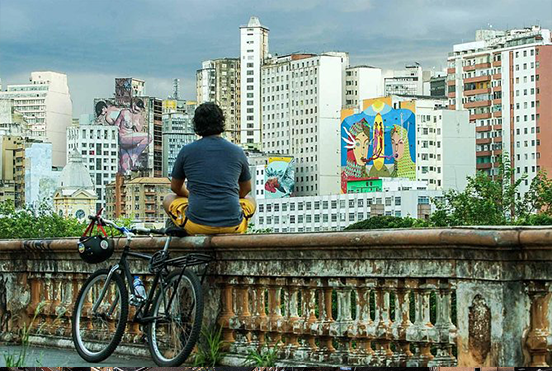 Belo Horizonte is a Southeastern Brazilian city that experienced high population growth in the 1960s. This led to a rapid urban growth that segregated the wealthy and poor areas. Many low-income residents settled in hazard-prone areas, affected by landslides and floods. Belo Horizonte decided to invest in numerous social inclusion policies to reduce the gap between low, mid and high-income neighbourhoods. They also promoted active citizen networks in disaster risk reduction, with over 60 volunteer groups who work in partnership with the local government. Local universities contributed as well by encouraging engineering students to voluntarily provide preventive inspections.
Belo Horizonte is a Southeastern Brazilian city that experienced high population growth in the 1960s. This led to a rapid urban growth that segregated the wealthy and poor areas. Many low-income residents settled in hazard-prone areas, affected by landslides and floods. Belo Horizonte decided to invest in numerous social inclusion policies to reduce the gap between low, mid and high-income neighbourhoods. They also promoted active citizen networks in disaster risk reduction, with over 60 volunteer groups who work in partnership with the local government. Local universities contributed as well by encouraging engineering students to voluntarily provide preventive inspections.
____________________________________________________________________
- Environmental sustainability integration
Investing in sound and diverse ecosystems with infrastructure that meets the population’s basic needs, together with the sustainable management of natural resources and the development of coherent policies for land use.
____________________________________________________________________
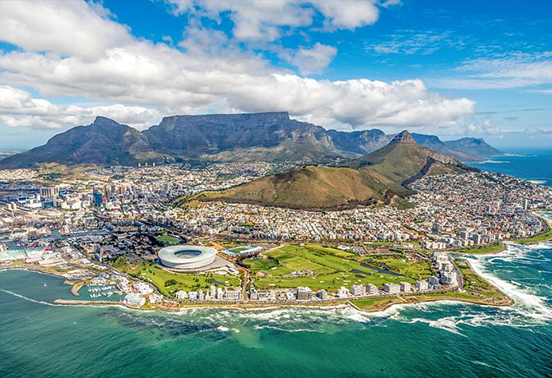 In 2015, Cape Town in South Africa faced an extreme drought. The city launched a campaign with a date when they would run out of water. Citizens responded by reducing water consumption and managed to avoid the projected zero-day. But the city’s reliance on rainfall water still made it extremely vulnerable to droughts. The city then developed a plan, including consumption targets, water-saving mechanisms and projects to bring more water into the city. Citizens with means to do so were encouraged to invest in water-saving devices and rainwater tanks. Several companies went off-grid, turning to groundwater or desalination, and communities supported responses unique to their own neighbourhoods.
In 2015, Cape Town in South Africa faced an extreme drought. The city launched a campaign with a date when they would run out of water. Citizens responded by reducing water consumption and managed to avoid the projected zero-day. But the city’s reliance on rainfall water still made it extremely vulnerable to droughts. The city then developed a plan, including consumption targets, water-saving mechanisms and projects to bring more water into the city. Citizens with means to do so were encouraged to invest in water-saving devices and rainwater tanks. Several companies went off-grid, turning to groundwater or desalination, and communities supported responses unique to their own neighbourhoods.
____________________________________________________________________
- Inclusive governance policies
Developing an open and inclusive leadership strategy that integrates everyone’s needs towards a liveable city.
____________________________________________________________________
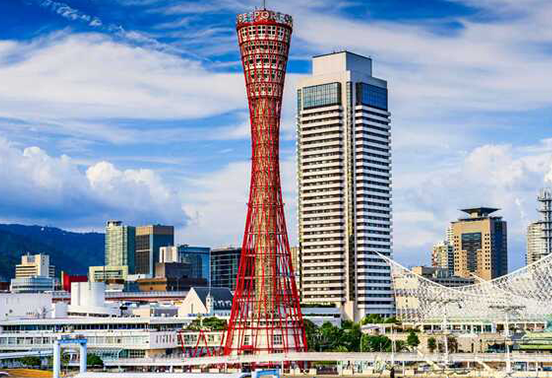 Together with Osaka and Kyoto, Kobe is part of the Osaka Metropolitan Area in Japan. In 1995, Kobe was struck by a strong earthquake, causing numerous deaths, and affecting the industry and commerce. Drawing from the post-earthquake lessons, Kobe developed disaster-proof communities and became the leading model in disaster risk management. The city used community councils to give citizens a voice in the re-development and restoration of infrastructure and urban areas. Among the initiatives, local authorities together with citizens developed an innovative water reservoir and pipes system that ensure emergency water supply after natural disasters.
Together with Osaka and Kyoto, Kobe is part of the Osaka Metropolitan Area in Japan. In 1995, Kobe was struck by a strong earthquake, causing numerous deaths, and affecting the industry and commerce. Drawing from the post-earthquake lessons, Kobe developed disaster-proof communities and became the leading model in disaster risk management. The city used community councils to give citizens a voice in the re-development and restoration of infrastructure and urban areas. Among the initiatives, local authorities together with citizens developed an innovative water reservoir and pipes system that ensure emergency water supply after natural disasters.
____________________________________________________________________
- Innovative urban planning
The ‘smart city’ agenda proposes the use of digital solutions to make urban services more efficient for all its citizens.
____________________________________________________________________
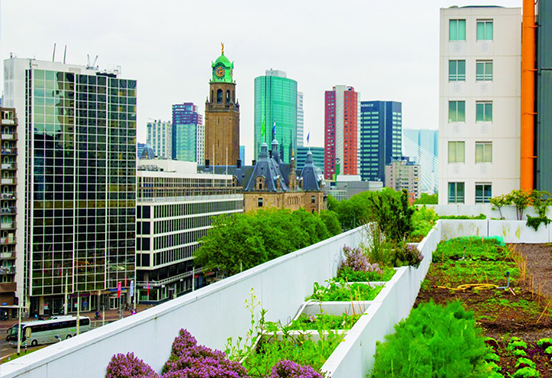 Rotterdam, a city in the Netherlands, is using numerous smart solutions to solve some of its most pressing challenges. One example is taking place on the city’s rooftops. In Rotterdam, water comes from the sea, the sky, the rivers and the ground, putting them at constant flood risk. However, the city has used this as an opportunity to enable technology and nature-based solutions. During the first few years, Rotterdam is working with homeowners to develop a “green-blue grid.” The now 330.000 m2 of planted roofs help to keep as much rainwater as possible out of the sewers, in order to prevent flooding. The roofs are also equipped with tanks to retain excess flow. The tanks drain valves can be opened and closed remotely via a smartphone app.
Rotterdam, a city in the Netherlands, is using numerous smart solutions to solve some of its most pressing challenges. One example is taking place on the city’s rooftops. In Rotterdam, water comes from the sea, the sky, the rivers and the ground, putting them at constant flood risk. However, the city has used this as an opportunity to enable technology and nature-based solutions. During the first few years, Rotterdam is working with homeowners to develop a “green-blue grid.” The now 330.000 m2 of planted roofs help to keep as much rainwater as possible out of the sewers, in order to prevent flooding. The roofs are also equipped with tanks to retain excess flow. The tanks drain valves can be opened and closed remotely via a smartphone app.
____________________________________________________________________
Are you interested in learning how cities can adapt and be resilient? What policies and approaches can cities apply and how can they finance these? And how can cities use data and technology to enhance resilience? Make sure you sign up for our Urban Governance: Resilient & Smart Cities course that will take place in The Hague from 2 to 13 May 2022. Note that the deadline to apply for a full scholarship to attend the course is 28 September 2021. The final deadline to apply for the course is 25 March 2022.
Related courses
We offer a diversity of courses throughout the year. Here are several other courses you might like.

